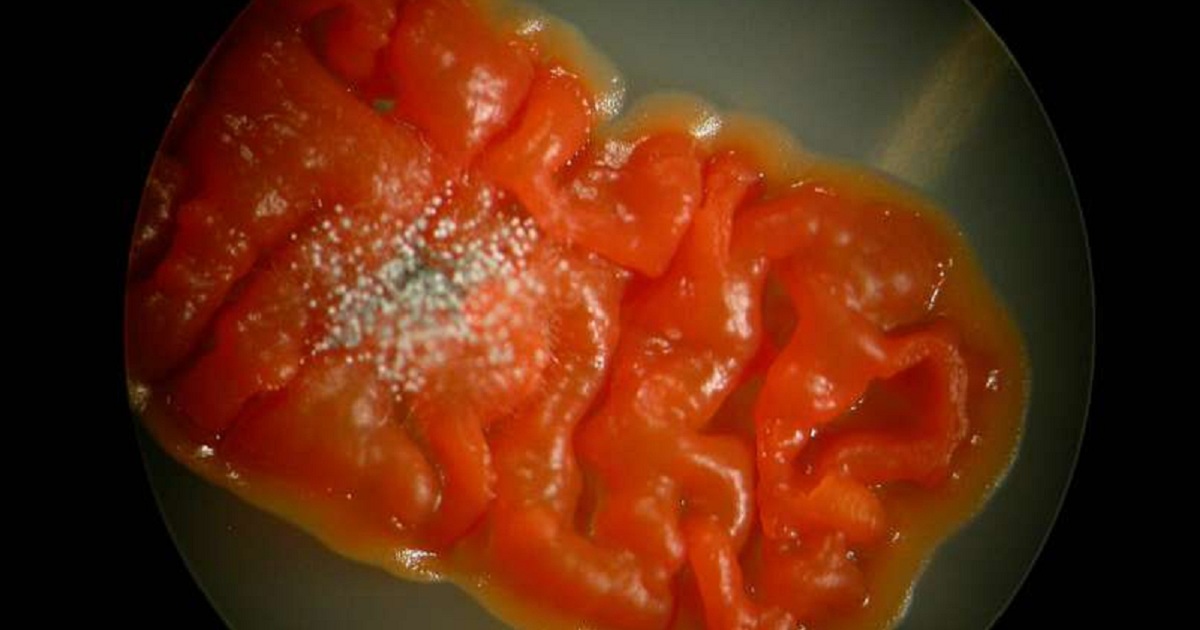Researchers find new way to find antibiotics in dirt
Phys.org | September 16, 2019

Researchers at McMaster have designed a new way to rapidly identify antibiotics hidden in common dirt. Their method, published today in Nature Biotechnology, may help guide drug discovery by allowing researchers to reassess the potential of bacteria that have already been mined for rare or new compounds with antibiotic activity. The goal is to develop the medicines in response to the current global antimicrobial resistance crisis. "Most of the antibiotics in clinical use today derive from bacteria and fungi that live in the soil, but we know that these microbes have the capacity to make many more compounds than just the ones we keep rediscovering," said Elizabeth Culp, co-principal author and a McMaster Ph.D. candidate in biochemistry. "Our study describes a way to essentially 'weed out' the most common antibiotics made by soil bacteria to unearth their hidden antibiotic potential." The team is led by senior author and professor Gerry Wright at the David Braley Centre for Antibiotic Discovery within the Michael G. DeGroote Institute for Infectious Disease Research.